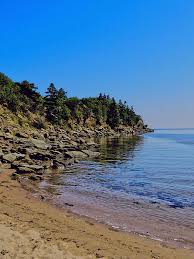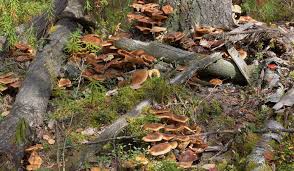Composting for small spaces and small gardens can be tough. If you are a family that lives in an apartment or townhouse in an urban setting, your garden space, if any, is more than likely on the smaller scale. When this is the case, trying to squeeze in a 3-bin compost bin that measures 3m X 1m is pricey real estate to give up. Compost is by far the best thing you can add to the soil in your garden. Hands down. No argument. So what is a person to do?
Compost inside!?!

But, if you can’t fit a 3-bin system in your yard, can you fit one in the kitchen?
Just kidding. I am talking about composting inside, year-round, with worms.

Wait!!!
Don’t Go!!! Just wait!
A lot of people I have talked to, love seeing the worm bins at the market and in classrooms. But, when it comes to having them in our house. Many people get a little…squeamish.

“How do I get the compost out? ” & ” Do you have to pick out each worm?” Are questions I get asked a lot.
If you have not seen them before, allow me to introduce you to the migration system for worm composting!
Worm Composting – The Migration System
The migration system of composting with worms takes all the squeamish work out of harvesting the finished compost. Though, I would still recommend a pair of gloves, it is a great way of composting in small spaces. The key aspect to this system is the screen divider that splits the bin in half. Because of this divider, the worm farmer (that’s us) can use the natural tendency of the worms to move, or migrate, toward a food source.
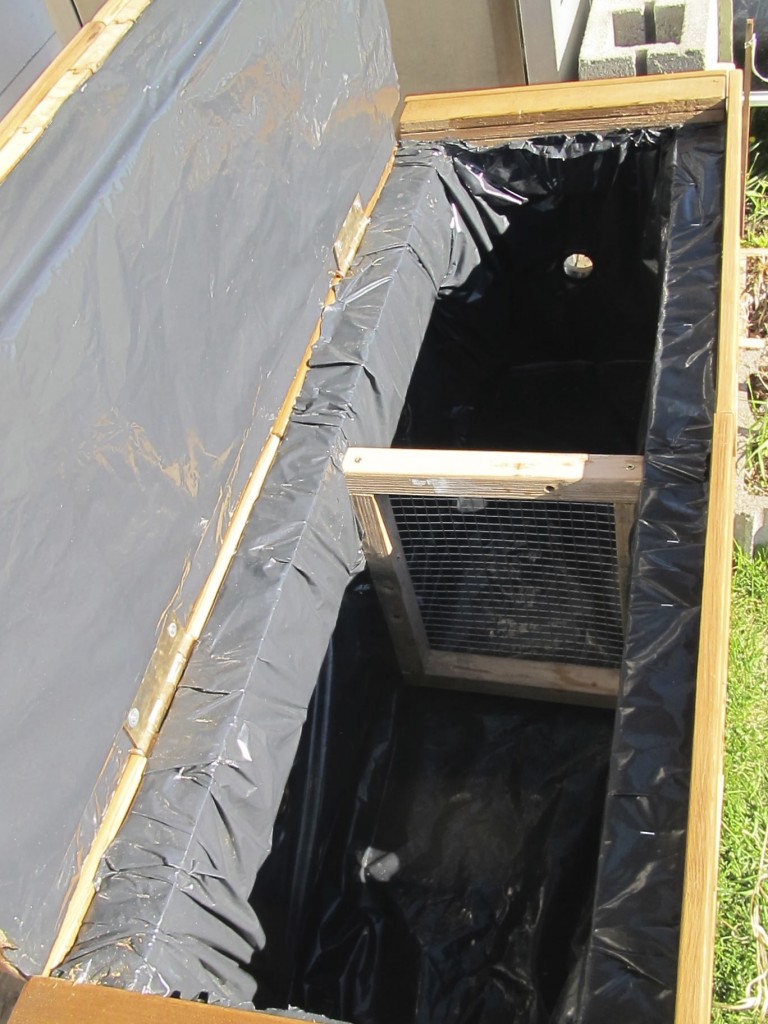
How it works.
Really, the migration system can be used in any worm composting container. Simply make a screen divider that will fit snuggly into your worm bin. I construct bins to have a permanent divider built in. This just allows for more aggressive turning of the compost as it is being made. With the divider in the midway point in the bin, it is easy to divide the compost bin into 2 halves.
The worms do not know the difference!
I have been composting with worms for about 12 years. I have looked at them under microscopes and collected eggs from under layers of plastic when a hole was found in a liner. My kids do everything but name the worms as we feed them, so I can say this with a lot of confidence.
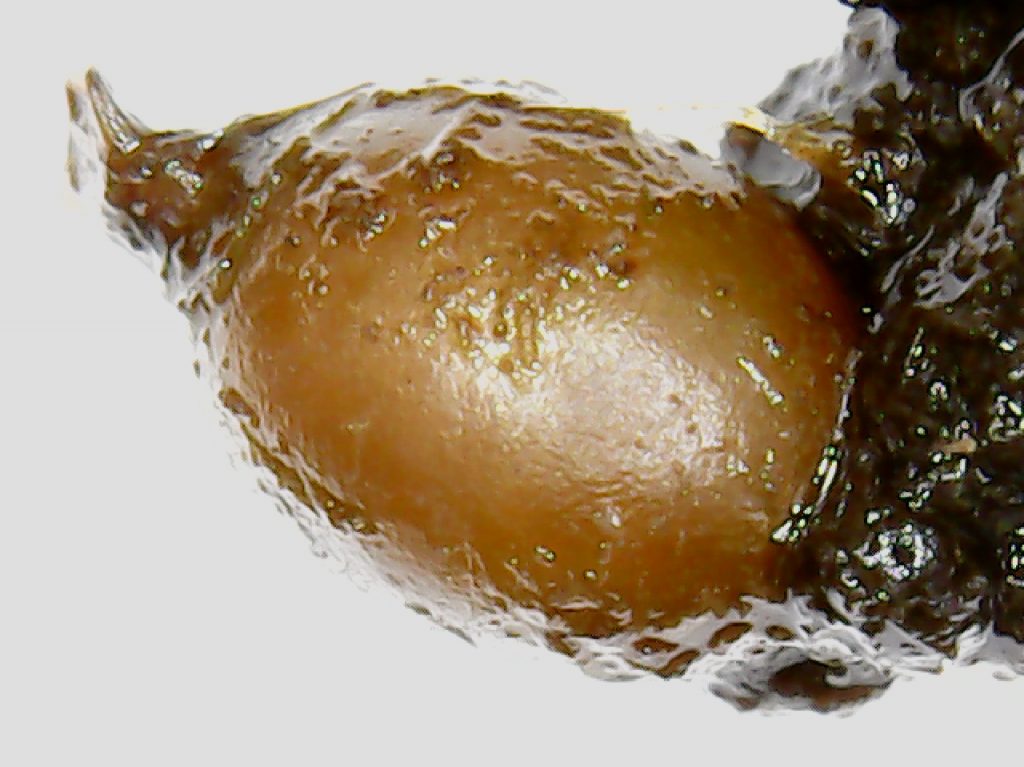
I’m pretty sure the worms have no idea the screen is even there!
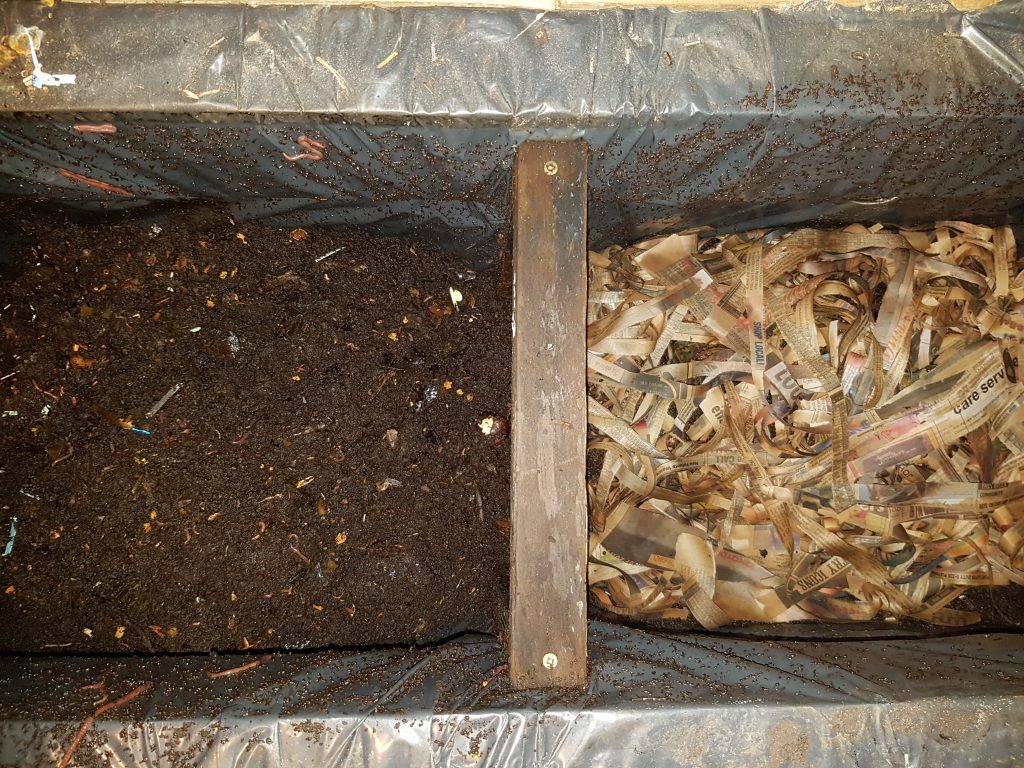
It’s just a way for us to divide the working compost from the finished compost.
Feed the worms on one side of the screen and then, when that side is getting full, start feeding them on the other side of the screen. The worms will migrate to the new food source as the old food source is eaten. This will leave finished compost, virtually worm-free.

Basically, once you get into a rhythm, just move the food source from one side of the screen to the other. It’s actually kind of fun to watch the worms move from one side to the other. It is as close to communicating with the worms as (I think) we can get.
Worm composting can be a great addition for kids around 10 years old as well. They can have a thousand little pets! They need to be fed once a week at the most, but can go 3 weeks once they get established. It all depends on the quantity of food. The worms will never run away. They will only survive for a few minutes out of the compost. And, every few months you empty their bin of some of the best, organic soil amendment money can buy.
For free!

